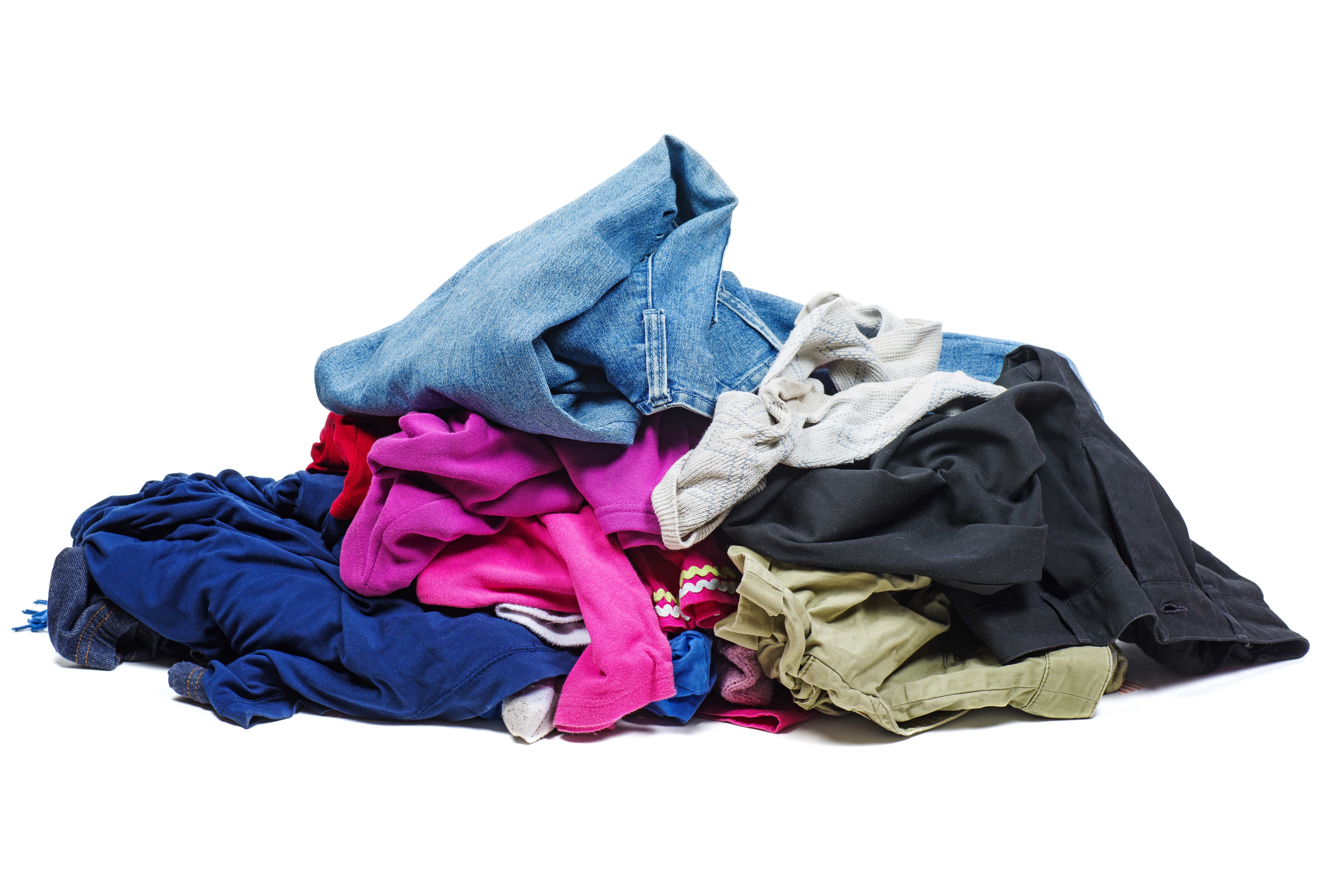What to do with aging clothing?
Post Date:

What to Do with Aging Clothing?
As time goes by, our wardrobes inevitably fill with clothes that we no longer wear, are out of fashion, or simply don't fit anymore. Instead of letting these items clutter our closets, there are numerous ways to repurpose, recycle, or dispose of aging clothing responsibly. This essay aims to provide a comprehensive guide to the different options available, emphasizing sustainable and eco-friendly choices.
1. Donating Clothing to Charities
One of the most common and socially beneficial methods of dealing with unwanted clothing is to donate it to charitable organizations. Many local and national organizations accept clothing donations, which are then either given directly to those in need or sold in thrift stores to raise funds for charitable programs. Before donating your clothes, make sure they are clean and in good condition. Some popular organizations that accept clothing donations include:
- Goodwill
- The Salvation Army
- Big Brothers Big Sisters
- Dress for Success
- Soles4Souls
2. Recycling and Upcycling Old Clothes
For clothing items that are too worn or damaged to be donated, recycling and upcycling offer environmentally friendly solutions. Recycling centers often accept textiles, which can be turned into new products, such as insulation or stuffing for furniture. Additionally, upcycling involves creatively repurposing old clothes into new, unique items. This could involve sewing a bag from an old shirt or turning a pair of jeans into a denim skirt.
3. Selling or Swapping with Friends and Online Communities
Another option is to sell or swap your unwanted clothing with friends or through online platforms. Organizing a clothing swap party is a fun way to exchange items with friends and refresh your wardrobe without spending any money. Alternatively, you can sell your clothes on online marketplaces such as Poshmark, Depop, or eBay. This not only allows you to earn some extra cash but also extends the life of your clothing by giving it a new home.
4. Repurposing Clothes as Cleaning Rags or Craft Supplies
Old clothing can also be repurposed as cleaning rags or craft supplies. Cut up old t-shirts, towels, or other absorbent materials into squares to create reusable cleaning cloths. This not only helps reduce waste but also saves you money on disposable cleaning products. Alternatively, you can use old clothing for various arts and crafts projects, such as creating quilts, making pillow covers, or weaving rugs.
5. Composting Natural Fiber Clothing
If you have clothing made from natural fibers, such as cotton, linen, or wool, you can compost them in your backyard or through a local composting program. Make sure to remove any non-compostable components, such as buttons or zippers, before composting. Composting clothing helps reduce the amount of waste that ends up in landfills and provides nutrient-rich compost for your garden.
6. Supporting Sustainable Fashion Brands
Another way to contribute to responsible clothing disposal is by choosing to buy from sustainable fashion brands that prioritize eco-friendly practices and materials. By supporting these businesses, you can help reduce the environmental impact of the fashion industry and promote a more sustainable future. Some popular sustainable fashion brands include:
- Patagonia
- Everlane
- Reformation
- Alternative Apparel
- People Tree
7. Educating Yourself and Others
One of the most effective ways to make a difference is to educate yourself and others about the environmental and social impacts of the fashion industry. By staying informed, you can make better choices about the clothing you buy, how you care for it, and how you dispose of it. Share your knowledge with friends and family, and encourage them to adopt more sustainable practices when it comes to their wardrobes.
8. Mending and Repairing
Before disposing of damaged clothing, consider whether it can be repaired or mended. Fixing minor issues, such as loose buttons, broken zippers, or small tears, can give your clothes a new lease on life and prevent unnecessary waste. If you are not skilled in mending, many local tailors or alteration shops can help you with these repairs for a reasonable cost.
9. Renting or Borrowing Clothes
For special occasions or short-term needs, consider renting or borrowing clothing instead of purchasing new items. This not only reduces the amount of clothing you need to store and eventually dispose of but also supports a more circular and sustainable fashion economy. Clothing rental services like Rent the Runway or The Black Tux offer a wide variety of stylish options for both men and women.
10. Advocating for Change
Lastly, you can use your voice to advocate for change in the fashion industry. Support policies and initiatives that promote sustainable and ethical practices, such as fair labor standards, reduced carbon emissions, and the use of eco-friendly materials. By working together, we can help create a more sustainable future for fashion and the planet as a whole.
Final Thoughts
There are numerous ways to deal with aging clothing in a responsible and sustainable manner. By exploring these options, we can minimize our environmental impact and contribute to a more circular and eco-friendly fashion economy. Remember that every small action counts and, collectively, we can make a significant difference in the world.
Last Update: Feb 11, 2023 / 12:00 AM
Related Posts
Expert Cleaners
Let proffesionals clean your clothing
Detailed Inspection
Pockets, stains, clothing labels
Cleaning Rewards
Earn rewards on every order
Pick-up & Delivery
Fast pick-up and delivery to your home


